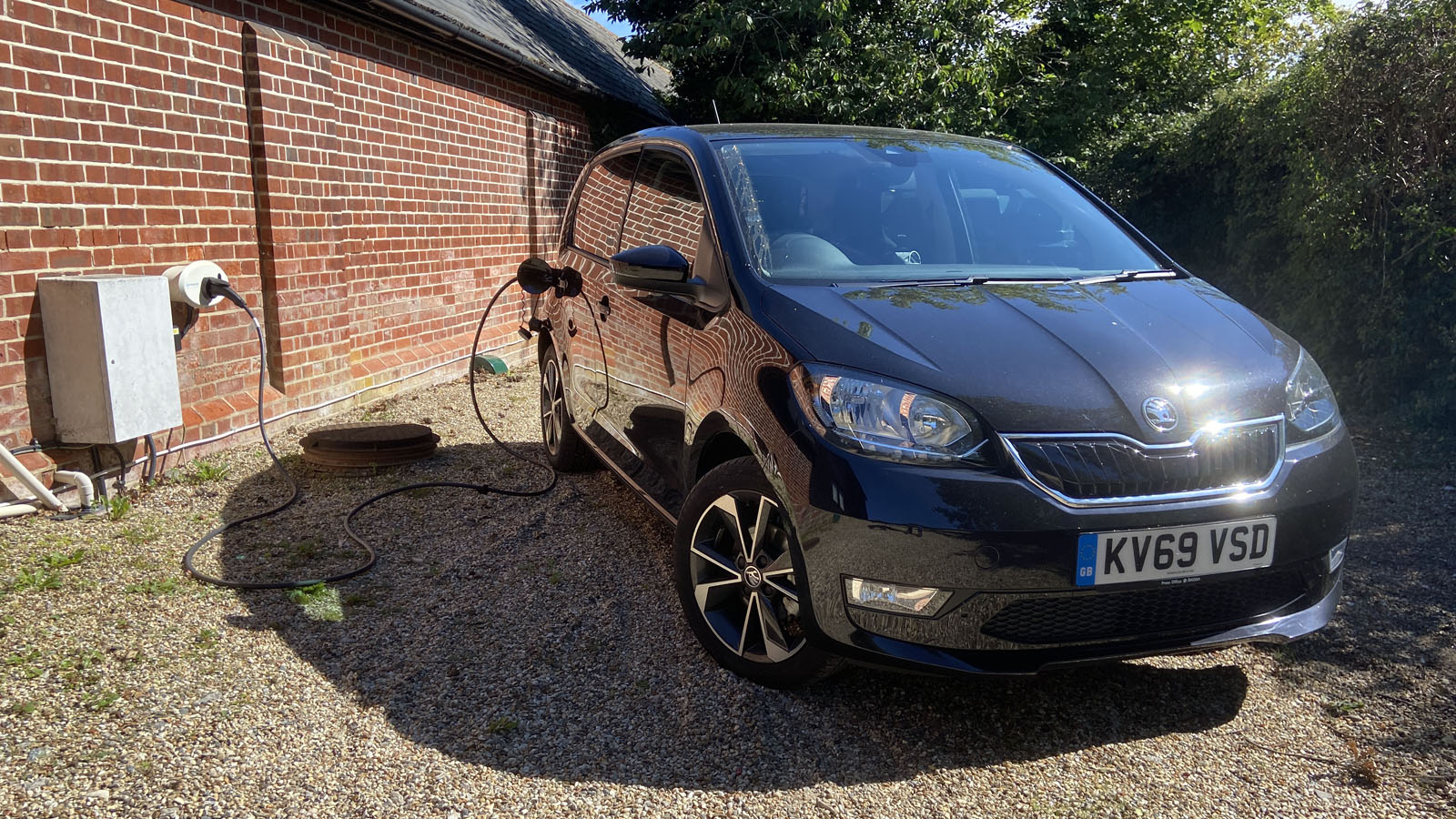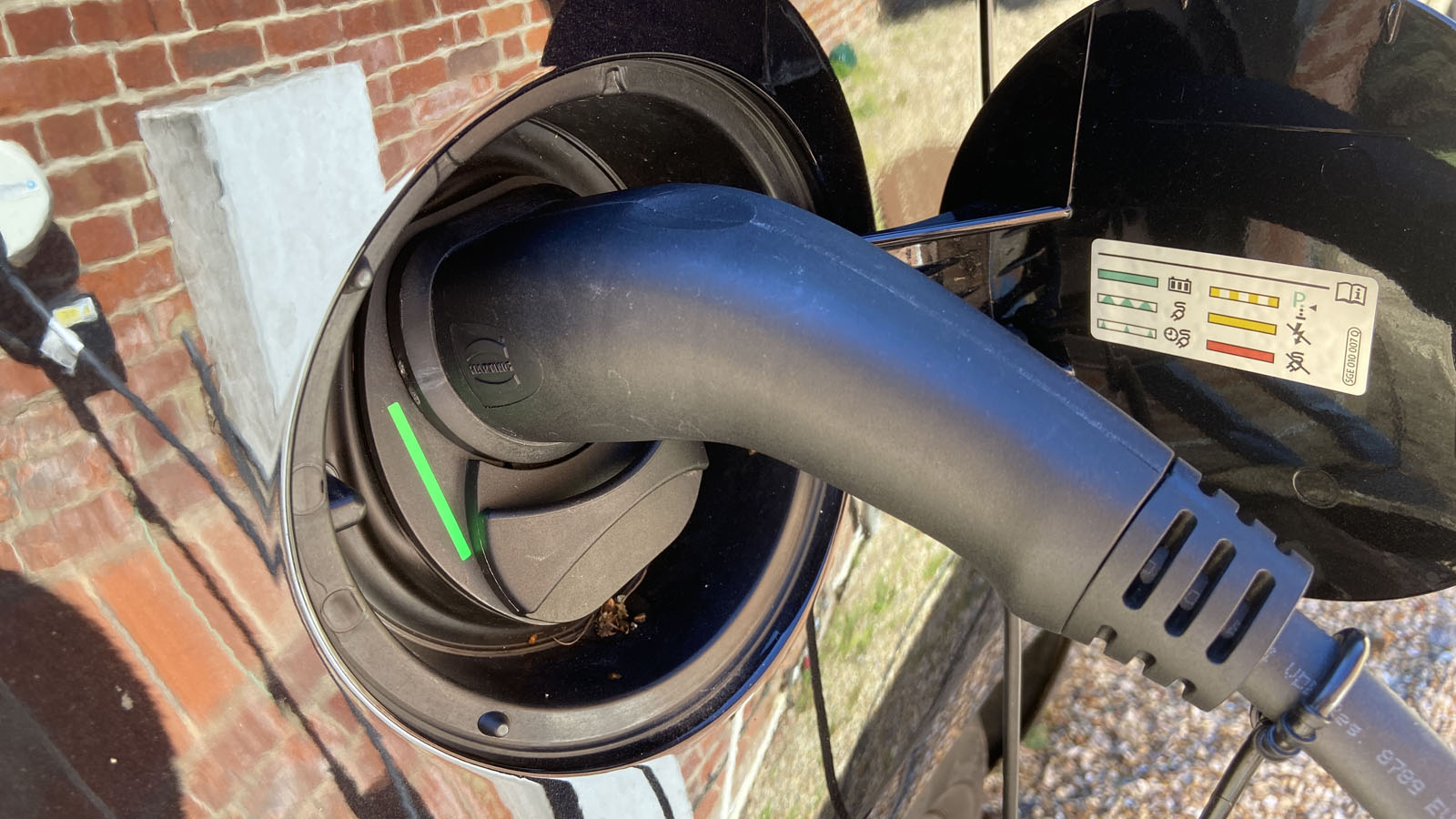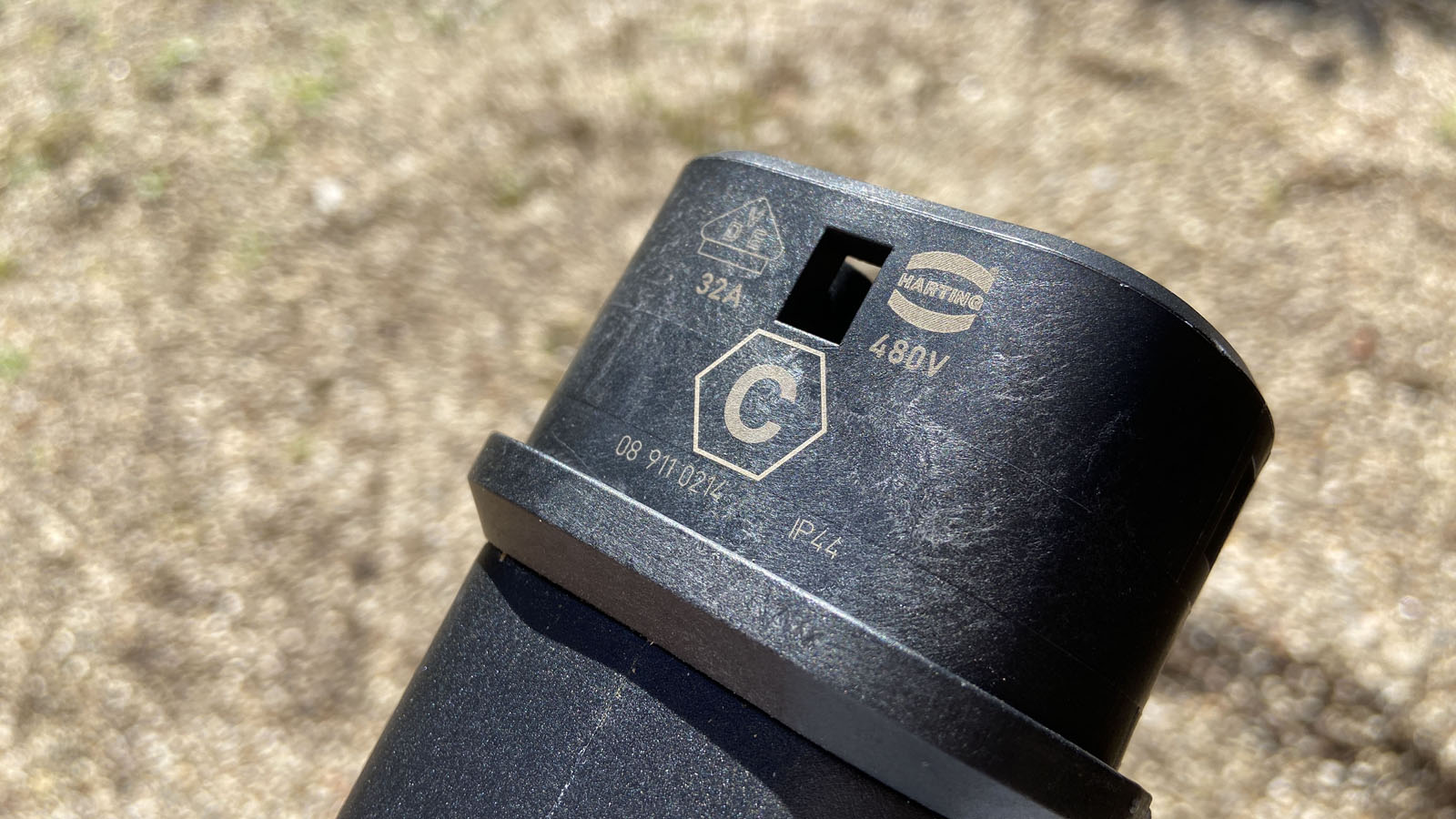
Skoda Citigo E-iV - long-term review
£22,815 (pre-grant) / as tested £23,595 / PCM £285
SPEC HIGHLIGHTS
- SPEC
Citigo E-iV SE L
- ENGINE
1cc
- BHP
83bhp
- 0-62
12.3s
How easy is it to charge our electric Skoda Citigo?
You’ll know by now that public charging is a bit of a minefield in the UK. And most other countries, to be fair. There are loads of different charging networks, all with their own apps and accounts, and you run the very real risk of arriving at a charger only to find it inoperative or ‘ICE’d’ (blocked by an internal combustion engine car, obvs).
So best (and most cost-efficient) practice is to charge at home as much as you can – while you’re eating, sleeping, or doing whatever else it is you do in the privacy of your own home. Leave the house with a full battery and only stop if convenient (say if you’ve gone shopping and there happens to be a decent charger in the car park) or you simply have no other option. I drove into London recently and had to charge to make it home again – on a compatible public rapid charger, the Citigo can charge at a max rate of 40kW, meaning a 0-80 per cent charge takes an hour.
Off-street parking and a 7kW wallbox will make your life infinitely easier – if you don’t have the former you can’t have the latter. If that applies to you, think very carefully before committing to an EV.
I’m lucky. I have a driveway and a 7kW wallbox, on which the Citigo ought to charge from zero to 80 per cent in four hours 15 mins (compared to almost 13 hours on a normal three-pin plug). Which is why I was surprised when on getting home one night and plugging-in, I noticed the Citigo indicated it would take NINE hours to charge. Uh oh.
After much umming and ahhing, turns out it wasn’t a problem with the box or the car itself, but the cable. Our Citigo was supplied with a 16A (amp) cable, which can only deliver a 7kW charge from a commercial-grade three-phase power supply. But most households in the UK use a single-phase supply and thus need a 32A cable. With the 16A cable our Citigo was only drawing 3.6kW from my 7kW box, hence the nine-hour indicated charge time. This isn’t as much of a problem in mainland Europe, where three-phase power in domestic properties is more common.
Skoda tells us that even though the Citigo is totally sold out – all 400 cars destined for the UK are already spoken for, and we’re not getting any more – not many owners have got their cars yet. A tiny number of very early cars, like ours, were supplied with 16A cables. Owners of said cars will be supplied with a 32A cable free of charge. And fear not – if you haven’t yet taken delivery, your car will come with a 32A cable for speedy home charging.
What of the VW and Seat? The Seat is still on sale, but VW has temporarily stopped taking orders for the e-Up so it can burn through the backlog of orders it’s sitting on. It’ll be back, we’re told. Like the Citigo, they should both come with 32A cables.
Featured

Trending this week
- Car Review
Porsche 911 GT3 (992.2)






